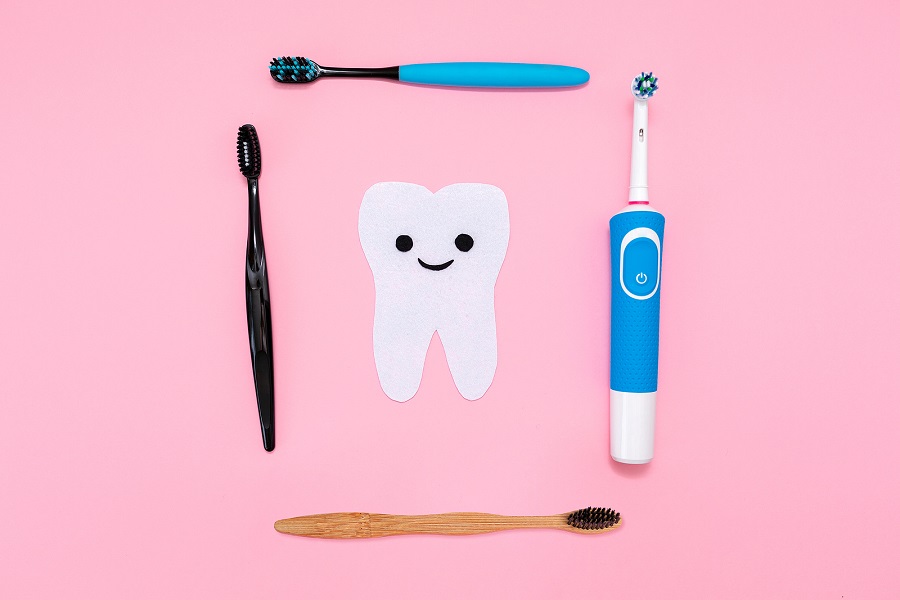Root canals might get a bad rap, but they are one of many options to save your natural teeth. Thanks to advances in technology, they are more comfortable and successful than ever.
Years ago, the mere thought of a root canal would cause people more pain than an actual toothache. But now, advances in digital imaging, materials, and techniques make the procedure almost as quick and safe as a filling.
Why Do I Need A Root Canal?
Inside every tooth is the pulp which contains the blood vessels and nerves that provide nourishment for the tooth’s survival. If the nerves are compromised, they may die. This can be caused by a crack or fracture in the tooth, trauma to the nerve, a deep cavity, or several restorations to the same tooth over a period of time.
Left untreated, the dying nerve creates an infection, or abscess, that causes pain and swelling, and may even compromise the health of the bone and teeth surrounding the affected tooth.
If a root canal is necessary, your dentist will schedule a time for the procedure or refer you to a root canal specialist called an endodontist.
The Procedure
So, what exactly happens during a root canal? Despite the jokes and stories you may have heard, a root canal is a relatively painless and straightforward procedure. It can take one or two visits depending on a few factors such as the severity of the infection and how accessible the canals are.
First, your dentist will deliver some local anesthetic and take a preoperative x-ray of the tooth. Once you are numb, your dentist will place a rubber dam over the affected tooth. This prevents oral bacteria from contaminating the affected tooth after the infection is removed.
A small opening into the tooth is made, and nerve and pulp are removed using a series of small files. A disinfecting solution will help rinse away lingering bacteria. Once the canals are sterilized, they are filled with a rubber-like material called gutta-percha to prevent reinfection and to help stabilize the roots.
After Your Root Canal
Once your root canal is finished, your dentist may place a temporary filling until a permanent filling or crown can be scheduled. This will also give your dentist time to monitor the tooth and make sure all the infection is gone, and the tooth no longer has any symptoms.
Immediately after the root canal, you may have some soreness or sensitivity around the tooth. Keep in mind that you have had your mouth open for a while during the procedure and jaw discomfort can be common. If your tooth was severely infected, your dentist might prescribe antibiotics.
With proper care and routine professional cleanings, a tooth that has had a root canal can be treated like any other natural tooth and will last just as long. Preserving our natural teeth has never been as simple and pain-free.
Visit Our Office
Office Hours
- MON - THU8:00 am - 5:00 pm
- FRIBy appointments only
- SAT - SUNClosed








